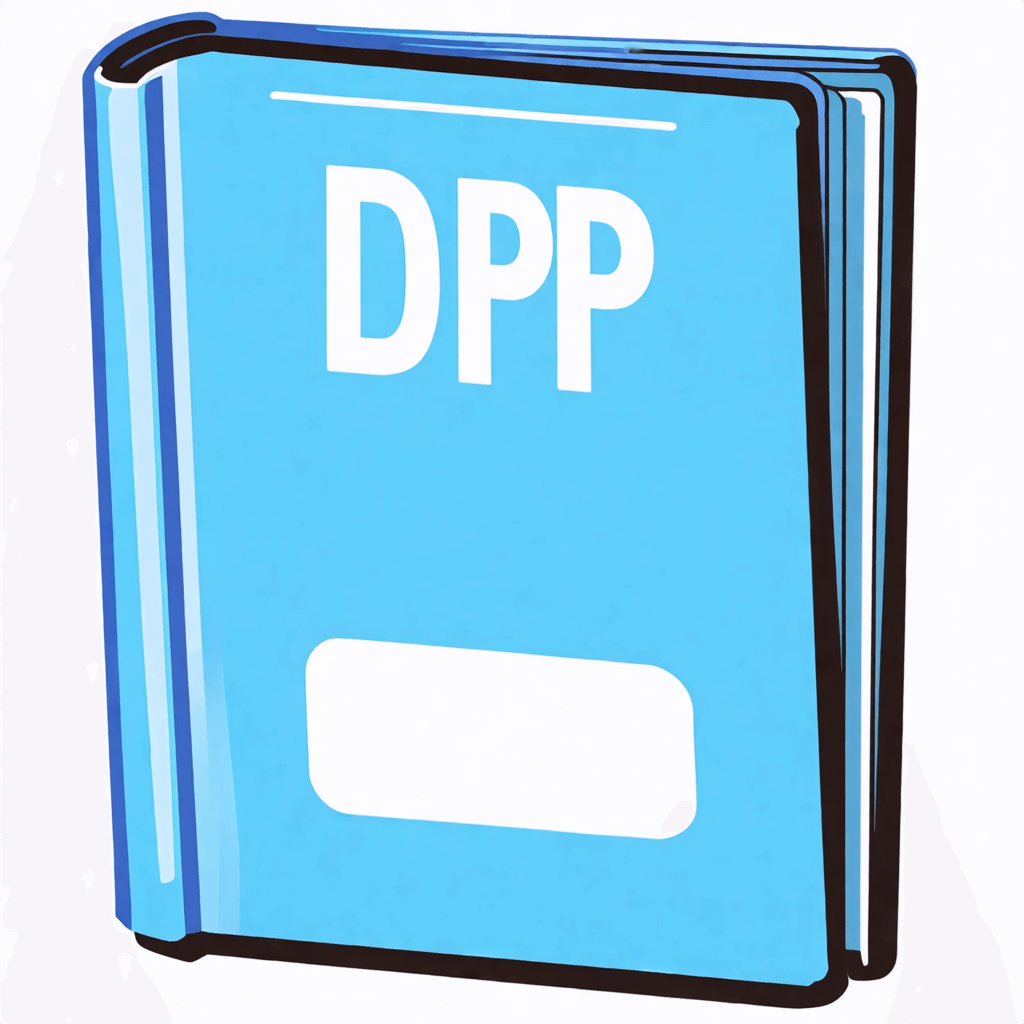Introduction: What is DPP and why is it important?
The Digital Product Passport (DPP) is an important part of the EU’s strategy to promote a more sustainable and circular economy. The purpose of the DPP is to give products a digital identity that follows them throughout their lifecycle. By tracking product data from manufacturing to recycling, the DPP ensures a higher level of transparency and accountability in supply chains.
For both businesses and consumers, DPP is a tool to ensure that products comply with regulatory requirements while supporting sustainable business models. Consumers will have better access to information about the origin, content and environmental impact of products, which can improve trust in brands and products. At the same time, it allows companies to optimise their product design and improve resource utilisation.
The current status of DPP legislation and implementation plans
The EU is actively working to implement DPP as part of the wider Green Deal and Circular Economy Strategy. The aim is to launch the first DPP requirements around 2026/2027, with industries such as electronics, batteries and textiles expected to be the first to comply with the new rules.
There are already existing regulations, such as the EU Battery Regulation and the Ecodesign Directive, that promote greater product transparency and tracking. The DPP will build on these and create a harmonised framework for companies to provide detailed information about products, including their composition, reparability and recycling potential.
How can companies prepare for the DPP?
Analyse the company’s products and data flows:
The first step in preparation is to identify which of the company’s products will be covered by the DPP requirements. This involves a thorough review of supply chains, product specifications and current data flows. What information is already available and what is missing to fulfil the DPP requirements?
Adapting to digitised processes:
To meet the demands of DPP, companies will need to invest in new technologies and tools to collect, store and share product data. These systems may need to be integrated with existing enterprise resource planning (ERP) systems, PIM systems or build new platforms that support full traceability.
In addition, organisations should train employees to work with the new tools and procedures needed to ensure compliance with DPP requirements. This can include training on data collection and analysis as well as implementing new compliance processes.
Data standards and interoperability: What do you need to know?
One of the biggest challenges of DPP is ensuring that the necessary data can be shared and used across countries and industries. To achieve this, companies must adhere to universal data standards such as GS1 and ISO, which are already widely used in several sectors.
These standards will ensure that product data is structured and accessible in a way that allows different actors in the supply chain to collaborate effectively. Companies should start aligning their data collection processes with these standards early on to avoid bottlenecks when DPP becomes mandatory.
Circular economy and sustainability: Opportunities and benefits of DPP
The DPP is not only a regulatory burden, but also an opportunity for companies to advance their sustainability agenda. With access to detailed information about a product’s components and environmental impact, companies can more easily adopt sustainable design strategies that support reuse and recycling.
For example, information about materials in a product can help optimise product design for increased durability and easier repair. Additionally, companies that can provide transparent data on the environmental impact of their products will have a competitive advantage in attracting consumers who value sustainability.
Supply chain collaboration: An important part of DPP preparation
To fulfil the requirements of the DPP, collaboration with suppliers and other partners in the supply chain is essential. All links in the chain must be able to provide accurate and complete product data. Companies should start implementing traceability systems now and ensure that their suppliers are able to provide the necessary information.
The next steps: Action plan for the coming years
Organisations should create an action plan for how they will adapt to DPP requirements in the coming years. This plan should include goals for data collection, digitalisation processes and system integration. In addition, it’s important to stay on top of regulatory changes and ensure that compliance strategies are updated regularly.
It can also be helpful to develop a risk management strategy to identify and minimise potential risks associated with the transition to DPP.
Closing: Future perspectives for DPP and businesses
Companies that start preparing early can gain a competitive advantage in a future where sustainability and transparency become key competitive parameters. DPP offers the opportunity to differentiate in the market through innovation, better resource utilisation and improved product responsibility.
By being proactive and taking the first steps towards implementing DPP now, companies can not only ensure compliance with future regulatory requirements, but also strengthen their position in an increasingly sustainability-focused market.

